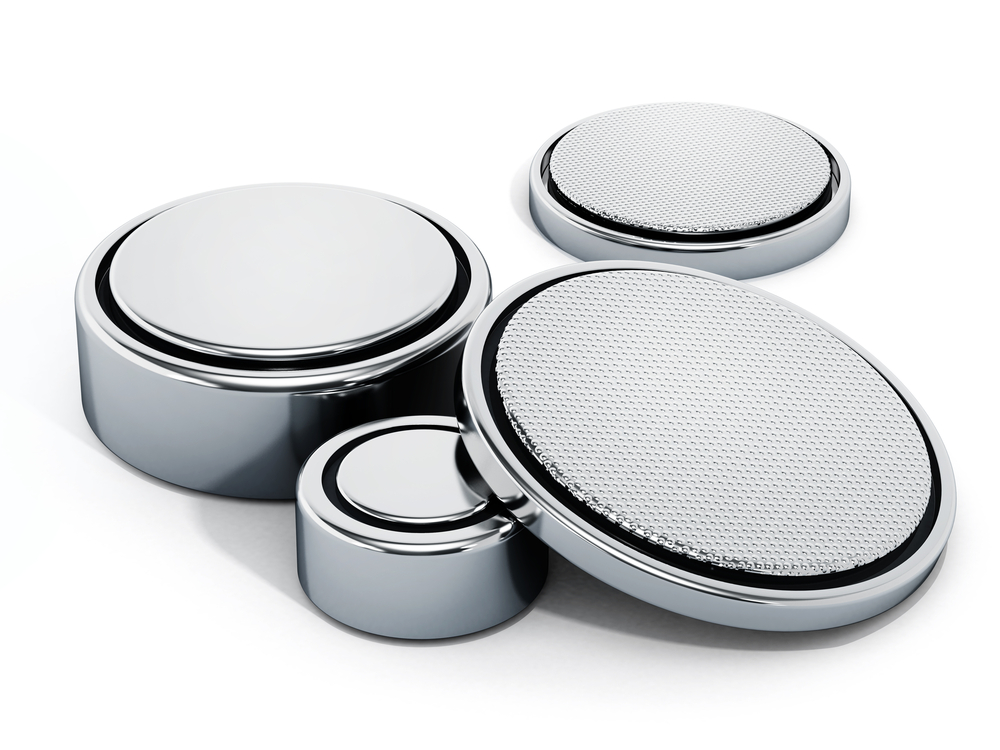Did you know that button batteries are one of the most dangerous things in your home? Unfortunately, in Australia around 20 children go to hospital every week due to ingesting button batteries. These tiny shiny objects look like a shiny lolly to young children, as you know they tend to put everything in their mouths. However, ingesting these batteries can cause serious injury requiring multiple surgeries and in a small number of cases can be fatal (2 in Australia and 64 worldwide).
The danger is when the battery becomes lodged in your child’s throat, depending on where it gets stuck this can cause choking or you may not know as they can still breathe normally. Due to the large surface area and often having some residual voltage, they can burn through the oesophagus in under 2 hours. Urgent medical care is required.
It seems the message is not getting out to everyone in our community and button batteries are still being used in many novelty items, forgetting that young children and babies could get access to them. There have been several more recent incidents where items have been given out at large events such as the 2020 AFL Grand final, which required an urgent recall the following week of more than 30,000 wristband devices. Apple Airtags, a device to help you locate personal items recently launched with button batteries that could be removed by pressing on one side and twisting the lid counter clockwise, there was no screw closure to avoid children gaining access, this has led to some retailers taking them off their shelves.
We need a large advertising campaign to explain the dangers to all in our community in order to keep our children safe.
Thankfully, there are some simple tips that can help reduce the chances of your child ingesting a button battery.
Tips to avoid button battery tragedy:
- do an audit of your home for anything that contains button batteries.
- always give toys that are intended for children under 36 months as most will have screws securing the battery compartment or a more secure ‘child safe’ compartment (check these regularly)
- check novelty items for button batteries (such as novelty flashing jewellery or Christmas decorations) and store away from children.
- store spare and used batteries out of reach in high cupboards.
- dispose of batteries safely, most councils have free disposal of batteries.
By completing a full audit of your home for button batteries you may be surprised to find many items that now use these, and it seems to be growing.

Common household items with button batteries:
- Kitchen scales
- Garage remote controls
- Calculators
- Fake candles
- Thermometers
- Car keys
- Watches
- Hearing aids
- Musical cards
- LED lights
- Torch keyrings
Because many of these items are not specifically meant for children, they do not have the safer screw closures and therefore a baby or young child may be able to easily get the battery out. These need to be stored up high and out of reach.
Symptoms of swallowed button batteries may include:
- Swallowing difficulties
- Coughing
- Vomiting
- Chest pain
- Drooling
- Noisy breathing
- Food refusal
If at any time you think that your baby or child may have swallowed a button battery it is important to get urgent medical care by phoning 000 for immediate advice and ambulance transport to the emergency department at your local hospital.









